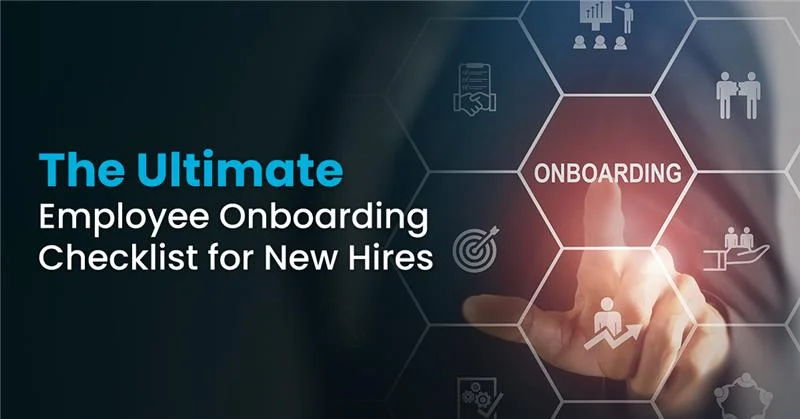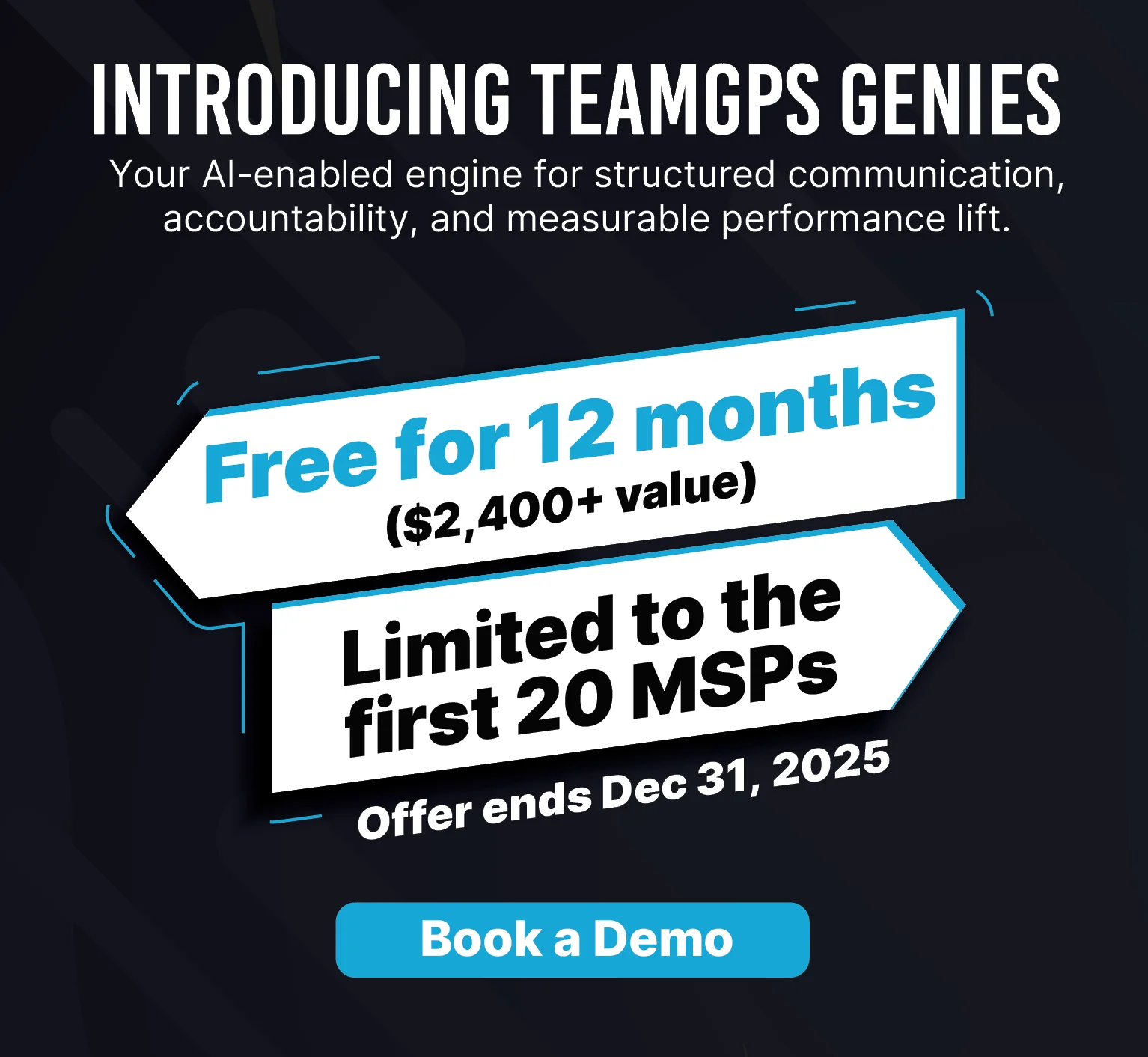Let’s be honest, first impressions matter. And when it comes to welcoming new employees, a chaotic first day can set the tone for a rocky relationship. That’s why having a solid onboarding checklist isn’t just nice to have; it’s essential. According to Brandon Hall Group research, organizations with a strong onboarding process improve new hire retention by 82% and productivity by over 70%. Yet, many companies still wing it with scattered spreadsheets and forgotten paperwork.
If you’re tired of scrambling every time a new hire walks through the door, you’re in the right place. Modern employee management software has transformed how smart companies handle onboarding, but the foundation remains the same: a comprehensive, well-structured checklist. This guide breaks down everything you need in your onboarding checklist; from pre-boarding logistics to the critical 90-day milestones that transform nervous newbies into confident team members.
What is Employee Onboarding and Why Does It Matter?
Think of employee onboarding as the bridge between “You’re hired!” and “I’m crushing it here!” It’s the structured process that helps new hires integrate into your company culture, understand their role, and feel genuinely welcomed.
Here’s why your onboarding checklist should be more than just a formality:
- Retention starts on day one: Great onboarding programs can boost retention significantly, turning uncertain new hires into committed team members.
- Faster time to productivity: A solid new hire checklist cuts the learning curve significantly, getting employees up to speed faster.
- Engagement drives performance: Employees who experience structured onboarding are far more likely to remain with the company long-term.
The onboarding process isn’t a single event; it’s a journey. And like any good journey, it needs a map. That’s where your onboarding checklist comes in.
What Should Be Included in a New Hire Onboarding Checklist?
Your onboarding checklist should cover everything from paperwork to people connections. Let’s break it down by timeline so nothing slips through the cracks.
Pre-Boarding Essentials (Before Day One)
The onboarding process starts before your new hire’s first day. Pre-boarding sets the stage and shows you’ve got your act together.
Critical items for your pre-boarding onboarding checklist:
- Send employment contracts and offer letters for signature
- Complete background checks and I-9 verification
- Share benefits enrollment packages and deadlines
- Email a warm welcome message with first-day logistics (what time, what to wear, where to park)
- Prepare IT equipment; laptop, phone, security badges, and system credentials
- Notify the team about the new arrival
Pro tip: New hires who receive pre-boarding communication are significantly more likely to feel prepared and excited on day one.
First Day Onboarding Checklist Items
Day one shouldn’t feel like drinking from a fire hose. Your new hire checklist should balance necessary admin with genuine human connection.
Essential HR onboarding steps for day one:
- Complete remaining paperwork (W-4, direct deposit forms, emergency contacts)
- Conduct an office tour and workspace setup
- Make team introductions; put faces to names
- Review the employee handbook and company values
- Set up email, software access, and communication tools
- Schedule a welcome lunch or coffee with the team
- Assign an onboarding buddy or mentor
Remember: Information overload kills enthusiasm. Space things out and prioritize relationship-building over checklist checking.
How to Structure Your Onboarding Process by Timeline
The best employee onboarding programs follow a structured timeline. Here’s how to organize your onboarding checklist across the critical first 90 days.
Week 1 – HR Onboarding Steps and Orientation
Week one is all about foundations. Your new hire should leave Friday feeling oriented, not overwhelmed.
Your week one onboarding checklist should include:
- Finalize all compliance documents and paperwork
- Conduct formal orientation covering mission, vision, and company history
- Introduce the onboarding buddy who’ll be their go-to person
- Schedule meetings with key stakeholders and team members
- Review role responsibilities, expectations, and initial goals
- Begin introductory training on core systems and tools
According to SHRM, 69% of employees are more likely to stay with a company for three years if they experienced great onboarding. Week one sets that trajectory.
Month 1 – Training and Integration
Month one shifts from orientation to application. Your new hire checklist should focus on building confidence and competence.
Key elements of your month-one onboarding process:
- Deliver role-specific training programs and resources
- Conduct weekly check-ins with the direct manager
- Assign first projects or responsibilities with clear guidance
- Set short-term goals and success metrics
- Gather informal feedback on the onboarding experience
- Address questions and concerns proactively
This is when your onboarding checklist transitions from “Here’s everything” to “Let’s do this together.”
Months 2-3 – Development and Assessment
The final stretch of your 90-day onboarding checklist focuses on autonomy, feedback, and long-term integration.
Critical HR onboarding steps for months two and three:
- Increase responsibility and project ownership
- Schedule formal 60-day and 90-day review meetings
- Discuss career development opportunities and growth paths
- Collect structured feedback on the employee onboarding experience
- Celebrate wins and milestones
- Adjust support based on individual needs
By day 90, your new hire should feel like a fully integrated team member, not someone still finding their footing.
Who is Responsible for the Employee Onboarding Process?
Spoiler alert: It’s not just HR. Effective employee onboarding is a team sport, and your onboarding checklist should assign clear ownership.
Here’s how to divide and conquer:
- HR Department: Handles compliance, benefits enrollment, system access, and the master onboarding checklist
- Hiring Manager: Owns role-specific training, goal setting, and regular check-ins
- Onboarding Buddy: Provides peer support, answers cultural questions, and makes introductions
- Team Members: Welcome the newbie, share tribal knowledge, and model company values
- IT Department: Ensures technology setup runs smoothly
The biggest mistake? Assuming HR owns everything. Your new hire checklist should explicitly assign tasks to create accountability and avoid dropped balls.
When Should the New Hire Checklist Begin?
Here’s a question that trips up many companies: When does onboarding actually start?
Answer: The moment your candidate accepts the offer. Not on day one. Not when they show up for orientation. The second they say “yes.”
Your onboarding checklist timeline should look like this:
- Offer acceptance to day one: Pre-boarding communication and preparation
- Day one: Welcome, orientation, and immediate integration
- Week one to 30 days: Intensive training and relationship building
- 30 to 90 days: Increasing autonomy and performance assessment
- Beyond 90 days: Continued development and engagement
Don’t be part of the sad statistic where only 12% of employees agree their company has a great onboarding process; start early and stay consistent.
Where Technology Fits in Modern Onboarding
Let’s talk about the elephant in the room: Manual onboarding checklists are a productivity nightmare. Paper forms, forgotten tasks, and inconsistent experiences plague companies still stuck in the analogue age.
Modern employee onboarding deserves modern solutions:
- Digital onboarding checklists that automatically assign and track tasks
- Automated workflows that trigger reminders and deadlines
- Centralized document storage for easy access and compliance
- Remote onboarding capabilities for hybrid and distributed teams
- Analytics and reporting to measure completion rates and identify bottlenecks
Technology doesn’t replace the human touch; it amplifies it by removing administrative friction so you can focus on what matters: building relationships and setting people up for success.
Common Onboarding Process Mistakes to Avoid
Even with the best intentions, companies sabotage their own new hire checklist. Here are the landmines to avoid:
- Information overload on day oneNobodyretains 47 PowerPoint slides about benefits options. Space it out.
- Treating onboarding as a single eventIt’snot orientation; it’s a 90-day (minimum) journey. Update your onboarding checklist accordingly.
- Neglecting the emotional sideSkills matter butso does feeling welcomed. Your onboarding process should address both head and heart.
- Failing to gatherfeedback How do you improve your new hire checklist if you never ask how it’s working?
- Inconsistent experiences across departmentsYour marketing hire and your engineering hire should feel equally welcomed and prepared.
Streamline Your Onboarding Checklist with Team GPS
Here’s the reality: Building a comprehensive new hire checklist is one thing. Actually executing it consistently across every hire? That’s where most companies stumble.
Between juggling multiple spreadsheets, chasing signatures, and remembering which manager needs to schedule which meeting, the administrative burden of manual HR onboarding steps is massive. And when things fall through the cracks, it’s your new hires who pay the price with confusion and frustration.
That’s exactly why Team GPS exists.
Team GPS is employee management software designed to transform your onboarding process from chaotic to seamless. Here’s what it brings to the table:
- Automated onboarding checklists that adapt to different roles and departments
- Task tracking and reminders so nothing gets forgotten
- Centralized document management for instant access to forms and policies
- Customizable workflows that match your unique onboarding process
- Real-time analytics showing completion rates and bottlenecks
- Seamless communication connecting HR, managers, and new hires in one platform
Companies using Team GPS report reducing administrative time by 70% while dramatically improving new hire satisfaction scores. When your onboarding checklist runs on autopilot, you can focus on what really matters: making your new employees feel valued, prepared, and excited about their future with your company.
Stop letting great talent slip away because of disorganized first impressions.
Book the Team GPS demo today and discover how automated onboarding checklists can revolutionize your HR processes.
Give every new hire the exceptional onboarding experience they deserve; and your company needs.
FAQs About Employee Onboarding Checklist
Q. How long should the employee onboarding process last?
A: Most experts recommend a minimum of 90 days, though complex roles may benefit from 6-12 months of structured onboarding.
Q. What is the difference between orientation and onboarding?
A: Orientation is a one-time event covering basics; employee onboarding is an ongoing process that spans weeks or months.
Q. What documents are needed for new hire onboarding?
A: Your onboarding checklist should include I-9 forms, W-4 tax forms, direct deposit authorization, benefits enrollment, and signed employee handbook acknowledgment.
Q. How can I improve my company’s onboarding checklist?
A: Gather feedback from recent hires, leverage technology for automation, personalize experiences by role, and measure outcomes like retention and time-to-productivity.
Q. What is pre-boarding and why is it important?
A: Pre-boarding covers all activities between offer acceptance and the first day; it builds excitement and demonstrates organizational readiness.











